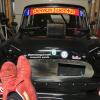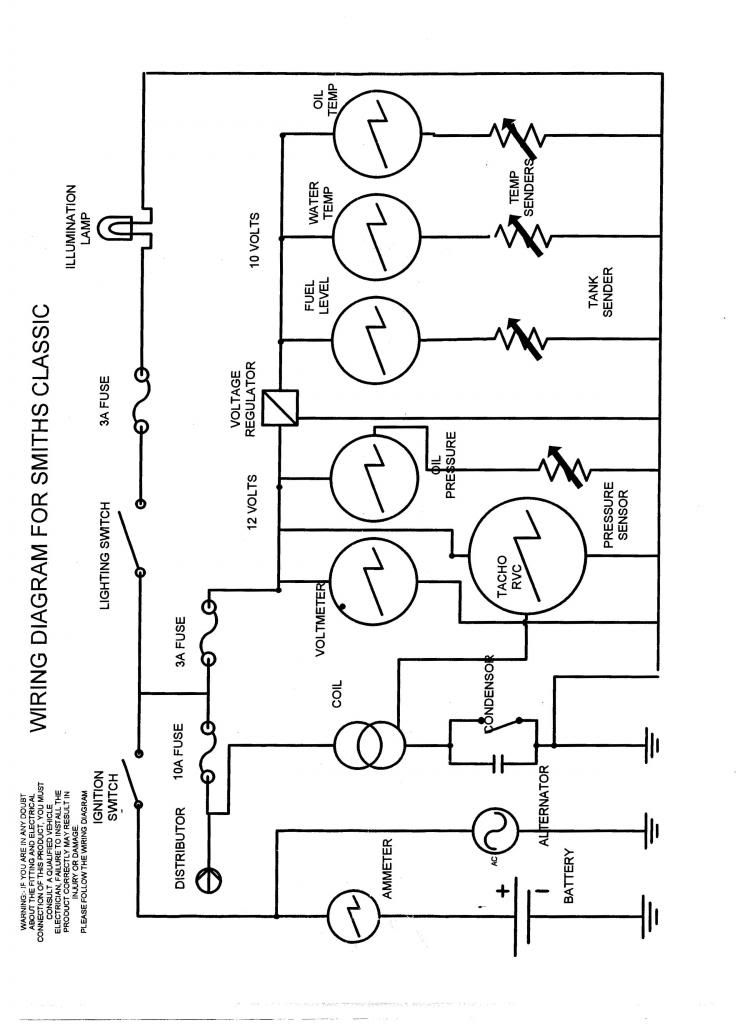I have three smiths gauges, A clock, oil pressure and voltmeter
All three have lamps, which need to be ignition live
Obviously the clock needs a constant live and the voltmeter will need an ignition live.
I now i need to locate, firstly a 12v feed. I have a a heated front screen, where i have taken a live feed from the starter using a 84/03 6mm wire (so fairly thick). could I use this for my live feed for the clock?
I thought I could wire these gauges up using a relay and take the ignition trigger from the, say the radio and then use the same live feed as above?
In terms of the practical side: I will have 4 separate wires (3 for the bulbs and 1 for the voltmeter) which will need to be ignition live. how do i do this? can I add them all to the same spade terminal for the relay?
Obviously, given the above wiring isn't my strong point, so any comments welcome.





















